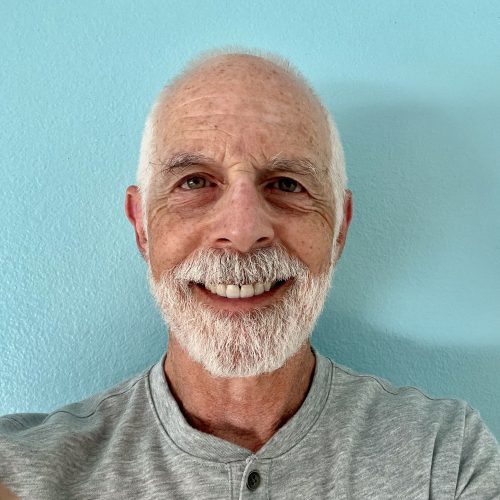Learning From Canada’s Energy Policies – Claire Seaborn, former Chief of Staff to Canada’s Minister of Energy and Natural Resources
- Learning From Canada’s Energy Policies – Claire Seaborn, former Chief of Staff to Canada’s Minister of Energy and Natural Resources Joan Michelson 59:27
“One of the big differences between Canada and the United States on climate policy spending broadly is that unlike the United States, Canada has a national carbon pricing system. So, we have a carbon pricing system that sets a national minimum standard. There’s a Retail price for retail fuels, including gasoline for cars. And there’s also an industrial price that applies directly to industry. In some provinces, Quebec has its own cap and trade system that’s actually linked with California’s, and that is a system that meets Canada’s minimum standard for carbon pricing.” Claire Seaborn on Electric Ladies Podcast
Canada has been ahead of the U.S. on some climate and energy policies, including having a price on carbon, which many U.S. politicians have resisted for years. What can we learn from Canada’s experience? A lot.
Listen to Claire Seaborn, who until a few months ago was the Chief of Staff to Canada’s Minister of Energy and Natural Resources, explain Canada’s energy and climate policies and what the U.S. – and other countries – can learn from their experience, in this fascinating discussion with Electric Ladies host Joan Michelson. She also shares insightful career advice.
You’ll hear about:
- What exactly Canadian energy and climate policies are and how they are working.
- How Canada developed its carbon pricing policies and how difference provinces are implementing them.
- The critical role of minerals in the energy transition and climate solutions, and how to manage this complex geopolitical issue.
- Plus, insightful career advice, such as…
“For anyone, women especially who are interested in the energy and climate space, I would say that you shouldn’t feel that you need to choose between the public sector, the private sector, and the nonprofit sector…. If you want to, and I’ve done it, you can just bounce between them. And that seems to be increasingly more acceptable and it’s also really, really useful…. I’ve been able to continue to build my expertise in the energy and climate space, but from multiple different perspectives.…So my advice would be to just not feel that you need to pick one of those lanes and, and to take the risk to bounce between those different segments of our Economy.” Claire Seaborn on Electric Ladies Podcast
Read Joan’s Forbes articles here.
You’ll also like:
- Anna Siefken, Deputy Director, Federal Energy Management Program, Dept. of Energy, on how the federal government reduces the energy use and carbon footprint of its 350,000 buildings.
- Rachel McCleery, Senior Advisor, Treasury Dept. Inflation Reduction Act Program, on how to leverage the IRA to save Money reducing a building or business’s energy use and carbon footprint.
- Vanessa Chan, Ph.D., Chief Commercialization Officer of the Department of Energy and Director of the Office of Technology Transitions, on the Inflation Reduction Act and the transition to clean energy.
- Julia Souder, CEO, Long Duration Energy Storage Council, on how to leverage storage to transition to and manage a clean energy economy
- Lisa Jacobson of the Business Council for Sustainable Energy & Tara Narayanan, of Bloomberg NEF on their new Energy Factbook 2024, including the Inflation Reduction Act opportunities.
- Inna Braverman, CEO & Founder, Eco Wave Power, on how they are bringing wave power to scale – and her powerful personal story.
Subscribe to our newsletter to receive our podcasts, blog, events and special Coaching offers..
Thanks for subscribing on Apple Podcasts or iHeartRadio and leaving us a review!
Follow us on Twitter @joanmichelson

























